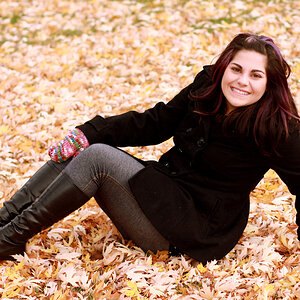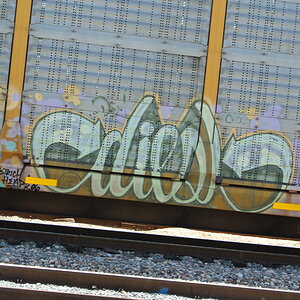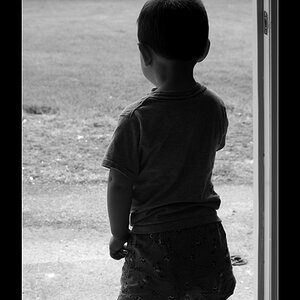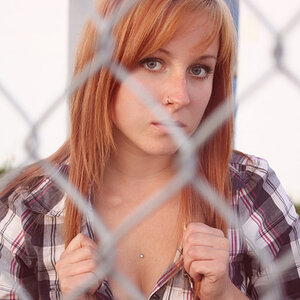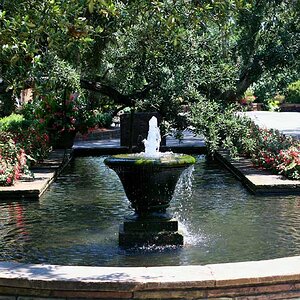Taceas
TPF Noob!
- Joined
- Feb 3, 2007
- Messages
- 38
- Reaction score
- 0
- Location
- Princeton, Indiana
- Website
- www.sleepyhollowherps.com
- Can others edit my Photos
- Photos OK to edit
I am just so unbelievably frustrated these days its just not funny. I'm just about to go back to my point and shoot, where the pictures seemed to look better than they do with the D80. It's flat out depressing.
I've been taking pictures of everything from lichen on a tree to the wild birds frequenting my bird feeders since it snowed. In 99% of the pictures, there isn't an ounce of crispness. Everything is so pixelated, fuzzy, and just downright pitiful for what I'm looking for.
So please tell me, is it something I'm missing camera-wise, lens-wise or do I truly need to learn how to use Photoshop and how to doctor my images better?
Here is my latest image I'm disgusted with:

I see pictures of birds on here and they're so crisp and clear. The moment I try to mess with things using Photoshop the worse it looks.
I've been taking pictures of everything from lichen on a tree to the wild birds frequenting my bird feeders since it snowed. In 99% of the pictures, there isn't an ounce of crispness. Everything is so pixelated, fuzzy, and just downright pitiful for what I'm looking for.
So please tell me, is it something I'm missing camera-wise, lens-wise or do I truly need to learn how to use Photoshop and how to doctor my images better?
Here is my latest image I'm disgusted with:
I see pictures of birds on here and they're so crisp and clear. The moment I try to mess with things using Photoshop the worse it looks.


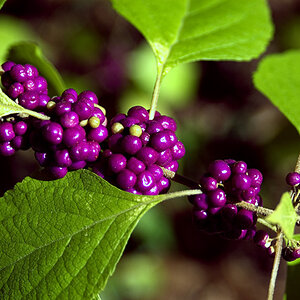

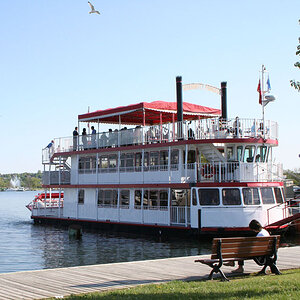
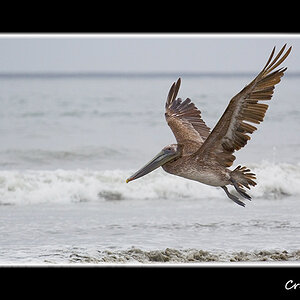
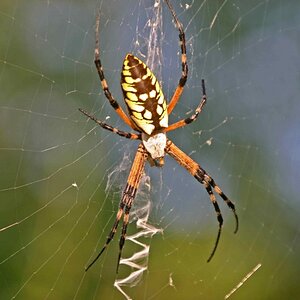
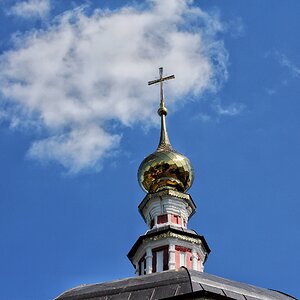
![[No title]](/data/xfmg/thumbnail/32/32158-8de1a90710a58144b47a0cee83a6c820.jpg?1619735234)
